Maritime History spanning 400 years
Rigging, ropes and an OcelotThese are just a drop in the ocean of the things that you’ll discover within the Historic Dockyard Chatham. You’ll be pleased your ticket is an annual pass.
With 400 years of maritime history, Chatham Dockyard deserves to be the world’s most complete 'Dockyard of the Age of Sail'.
We loved our day here, we just wish it had been longer.
Chatham Dockyard is probably most well-known for building the magnificent “HMS Victory”, which was launched on 7th May 1765.
HMS Victory was Admiral Lord Nelson’s flagship, during the Battle of Trafalgar in 1805.
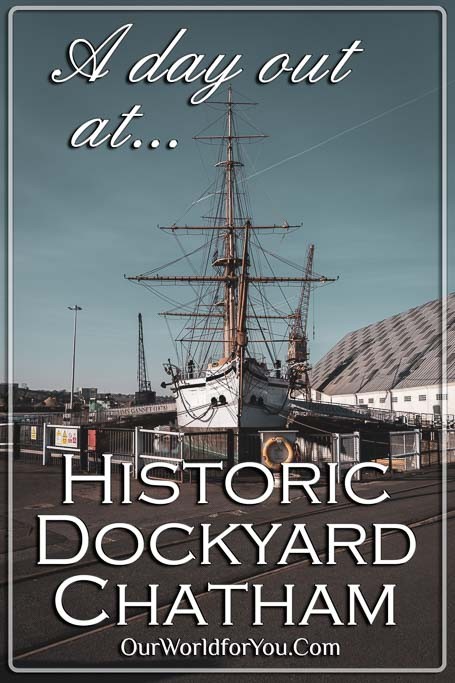
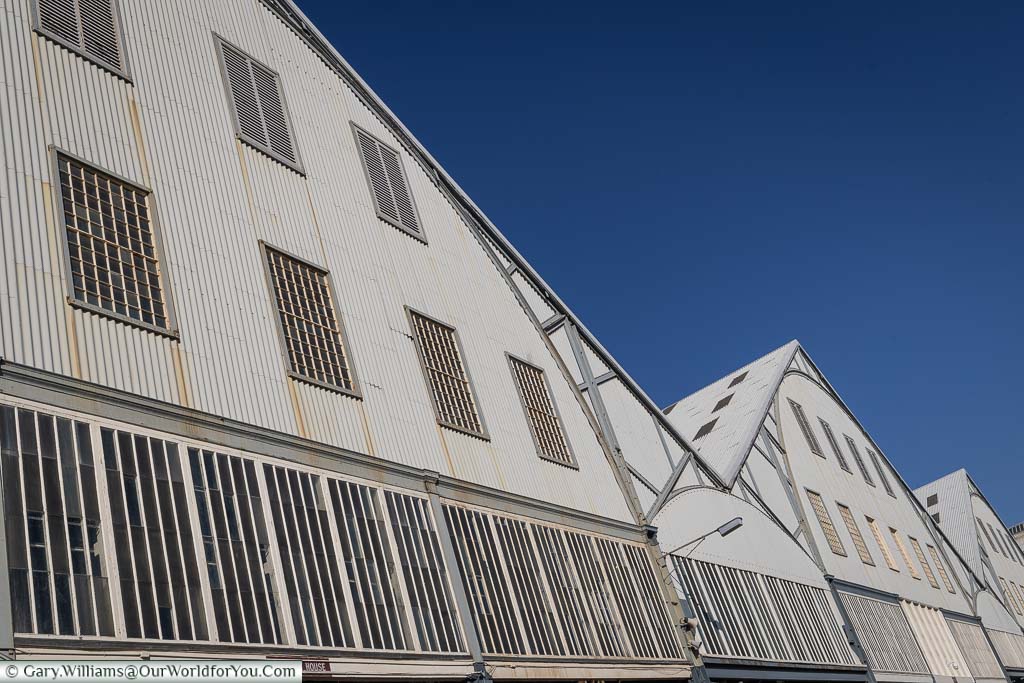
Our List ...
First Port of Call at Chatham Dockyard
Book your timed tours for HMS Ocelot and the ropery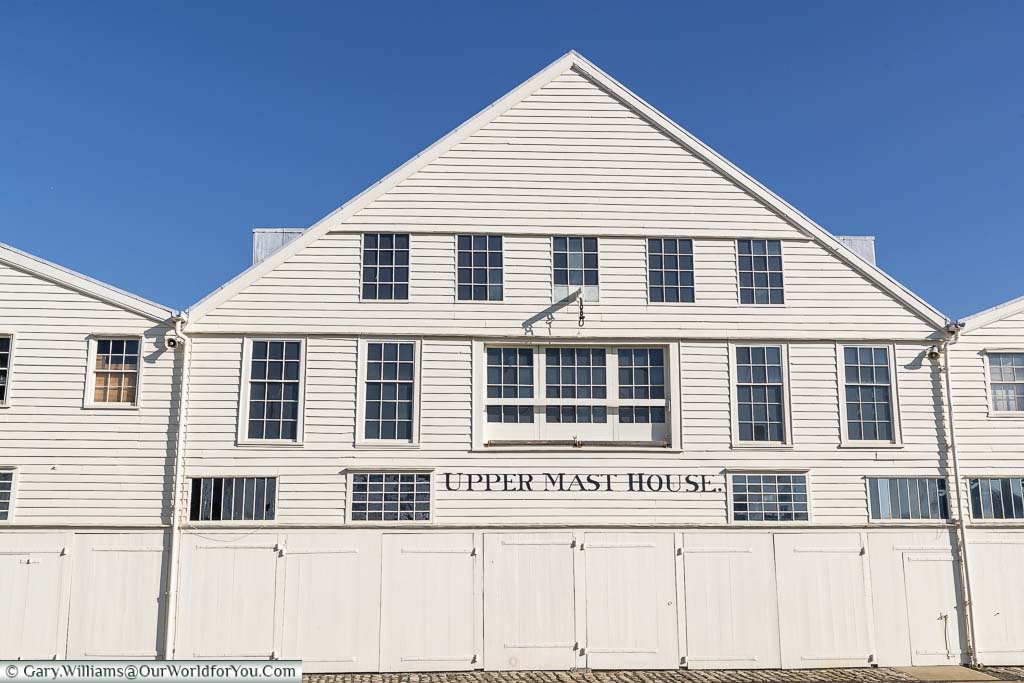
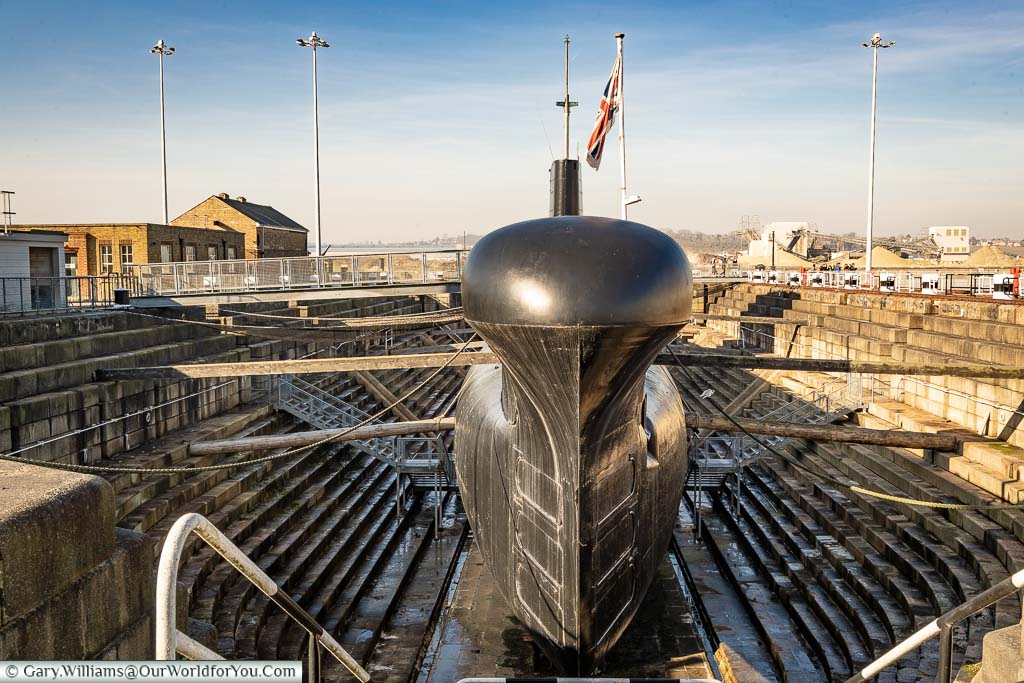
These two tours are included in the price of your ticket and are really informative and enjoyable. So, these are a must to do.
Now you can plan your day ahead.
Award winner
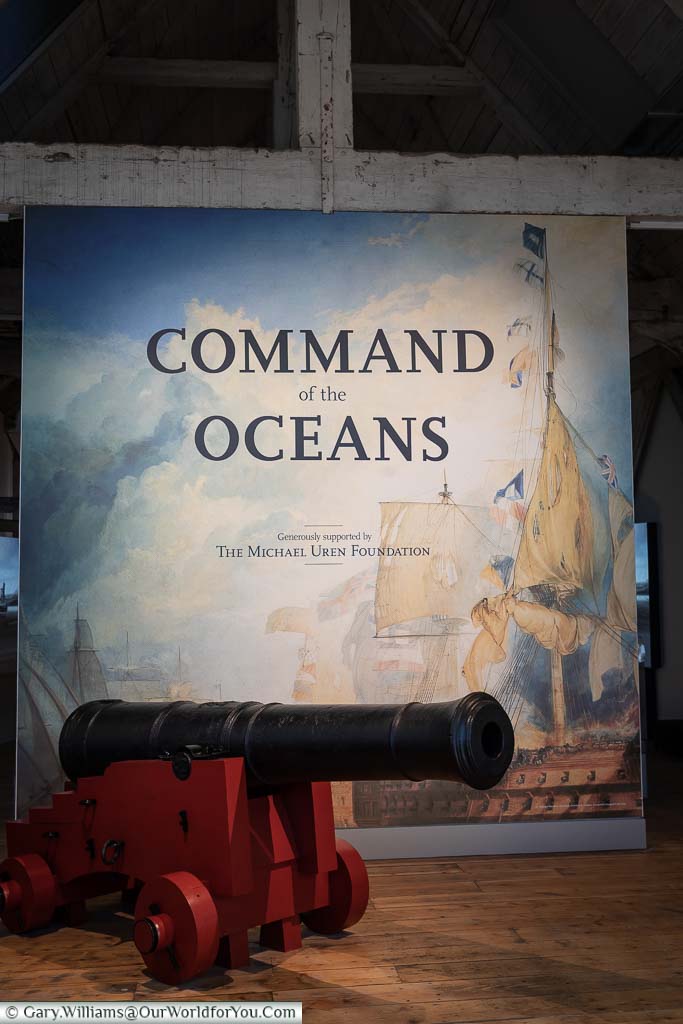
Here the story unravels how Chatham as a Royal Dockyard, played such a pivotal role to the Royal Navy.
Building wooden-hulled sail-powered warships for centuries.
You’ll discover tools and techniques in the trade of shipbuilding and even have a go yourselves.
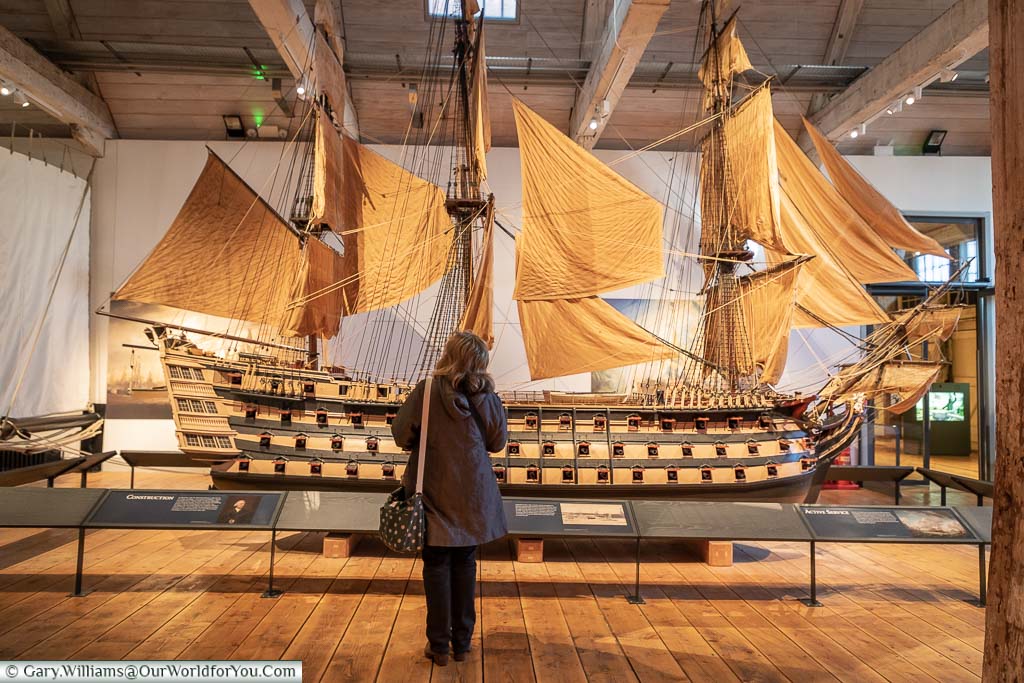
You’ll pass by an amazing model of HMS Victory and believe me, it isn’t small; the detail is incredible.
Heading further through you’ll come to the centrepiece of the “Command of the Oceans”, and that’s the vast display of timbers once used on the HMS Namur. The Namur was launched from Chatham in 1756.
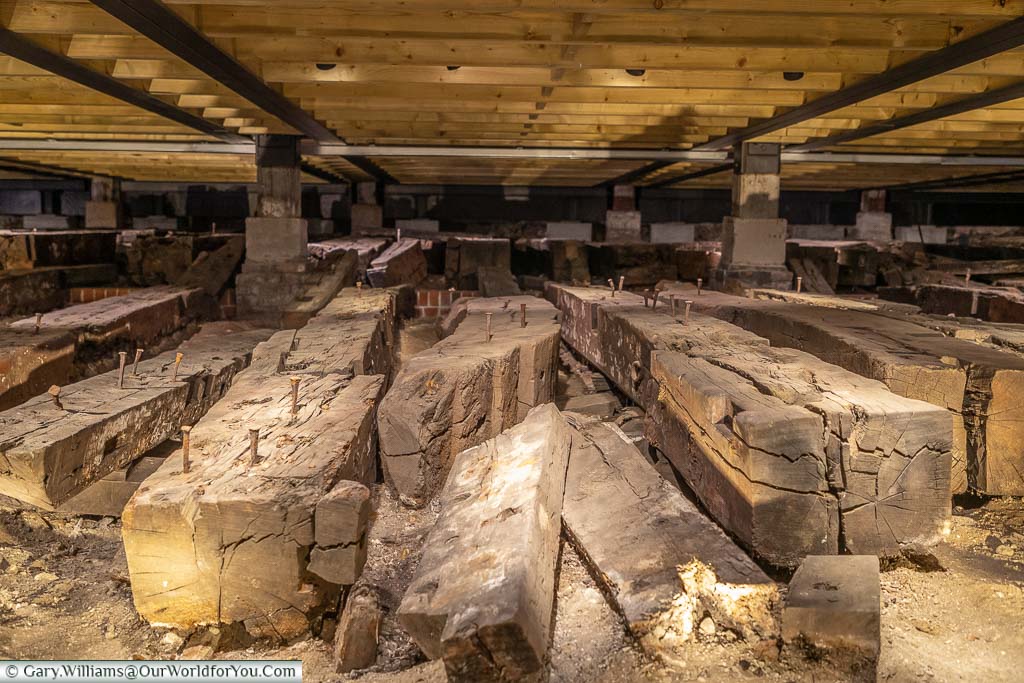
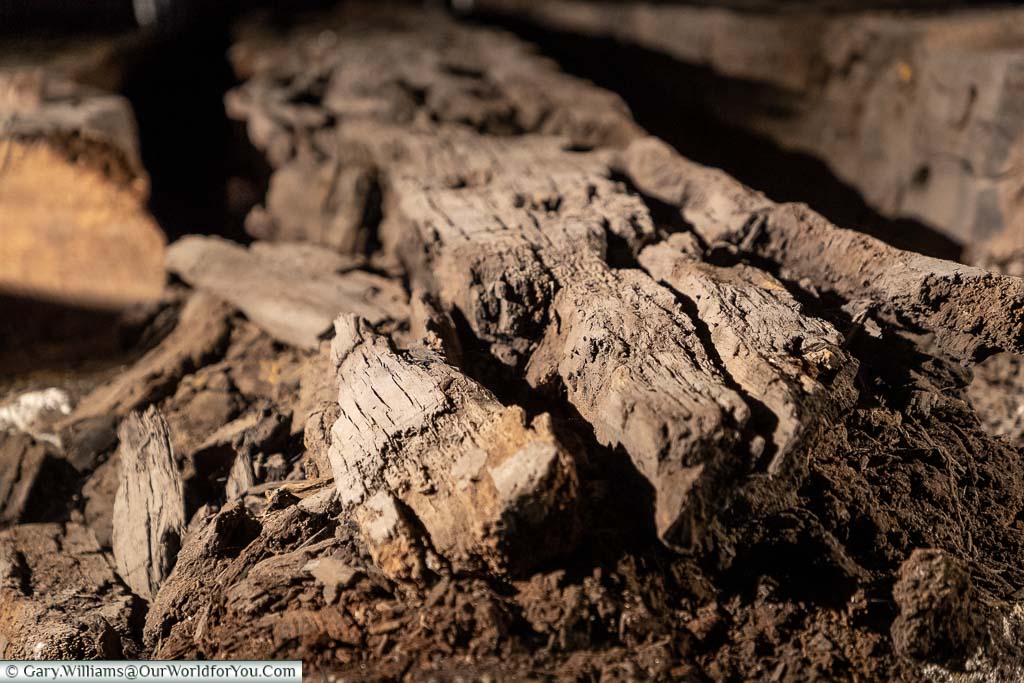
Did you know?
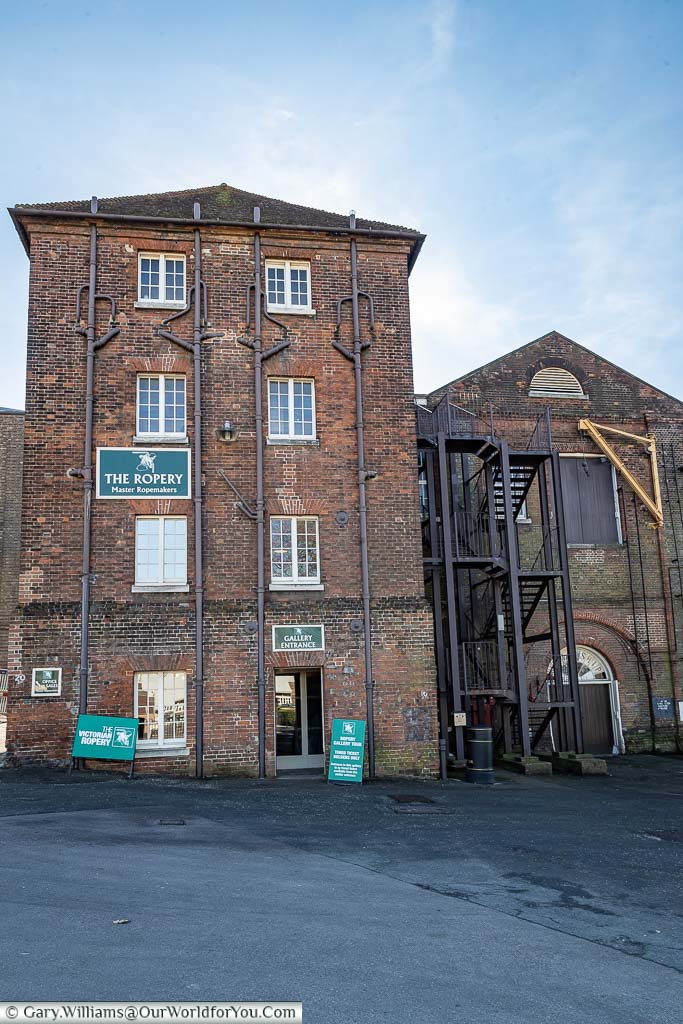
The original wooden rope house was built in 1618 when the dockyard was first established, the current brick buildings date from 1729 to 1812.
In 1778 King George III visited and was persuaded that the wooden buildings needed replacing, and indeed it was in his best interest to do so, as it was a Royal Dockyard after all.
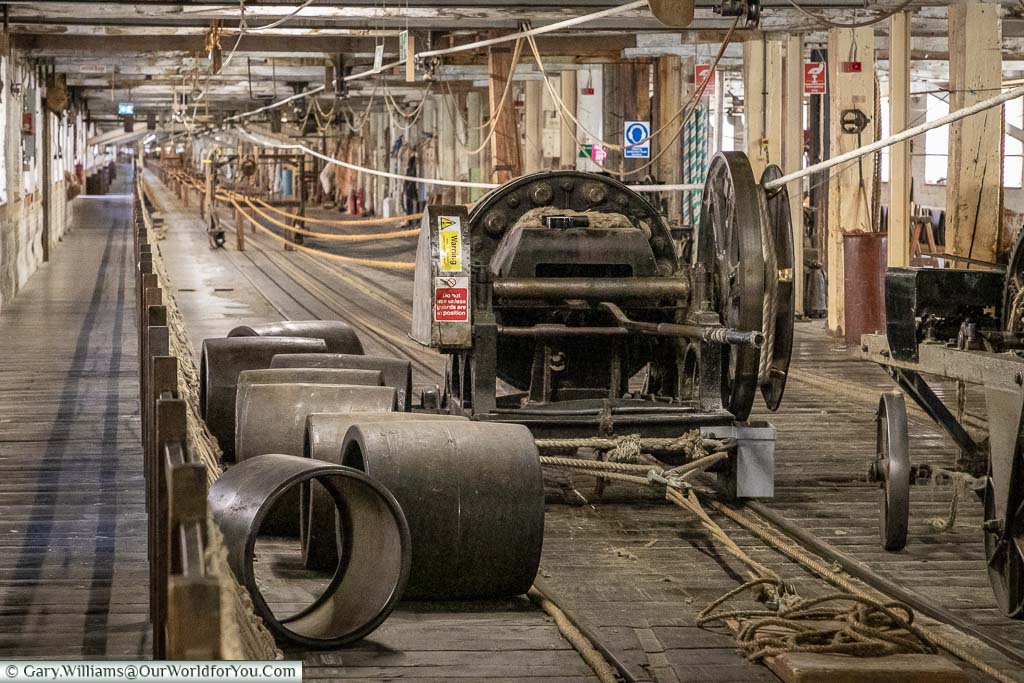
Chatham Dockyard ropery tour
The rope house with a ¼ mile ‘rope-walk’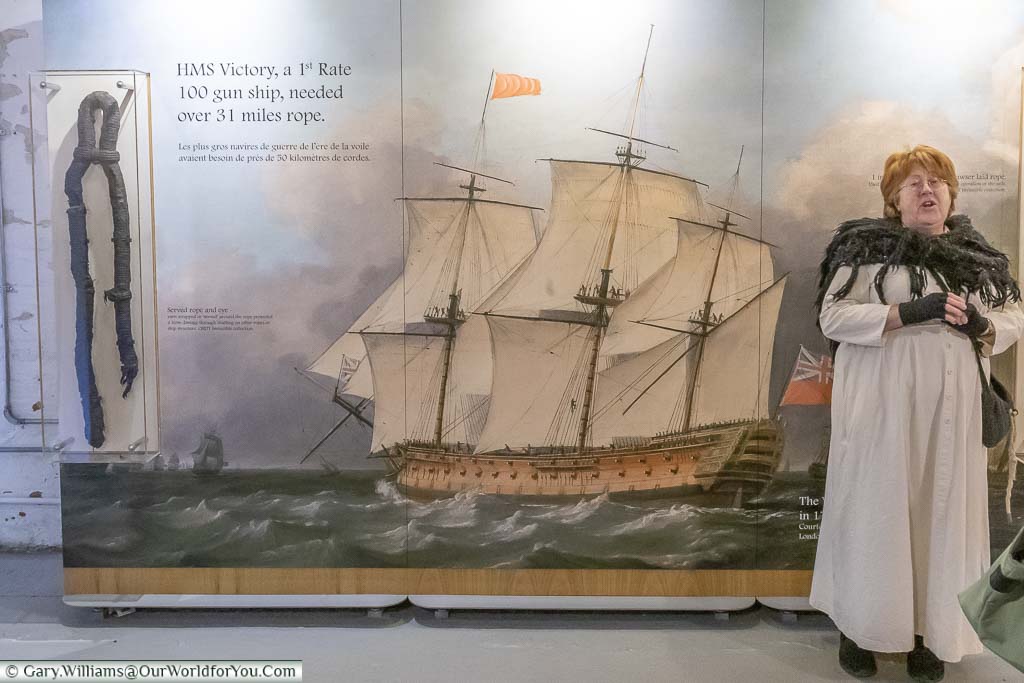
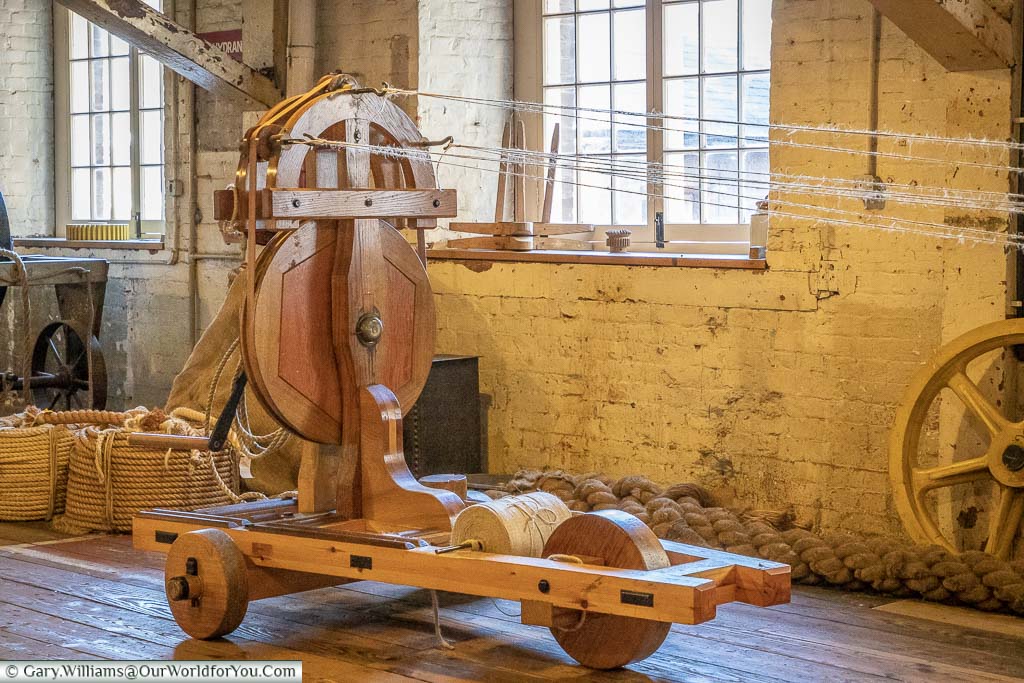
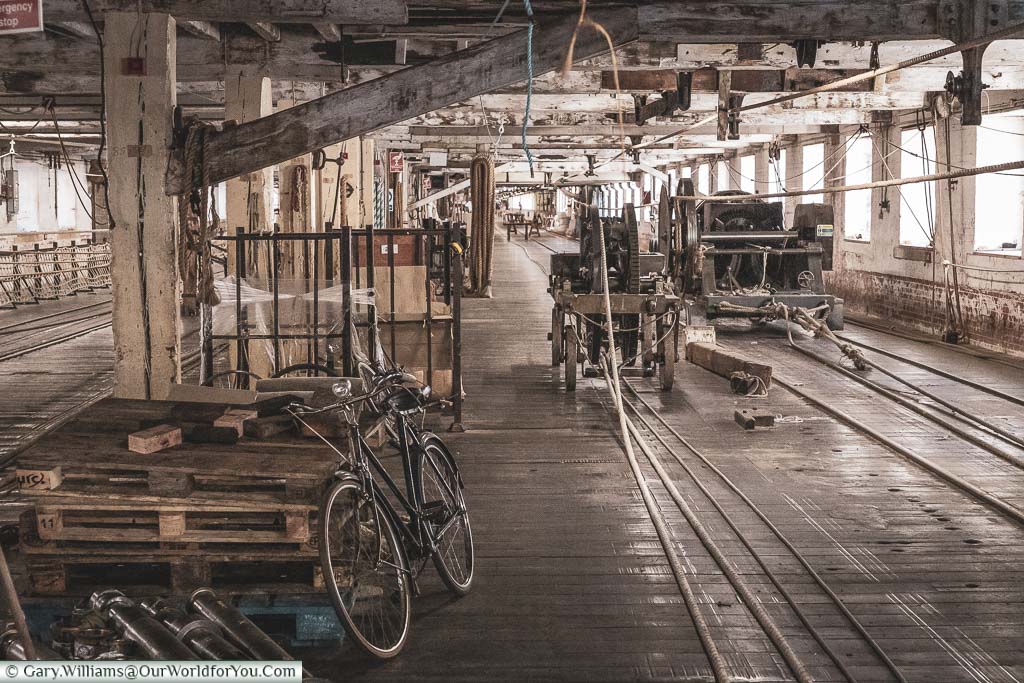
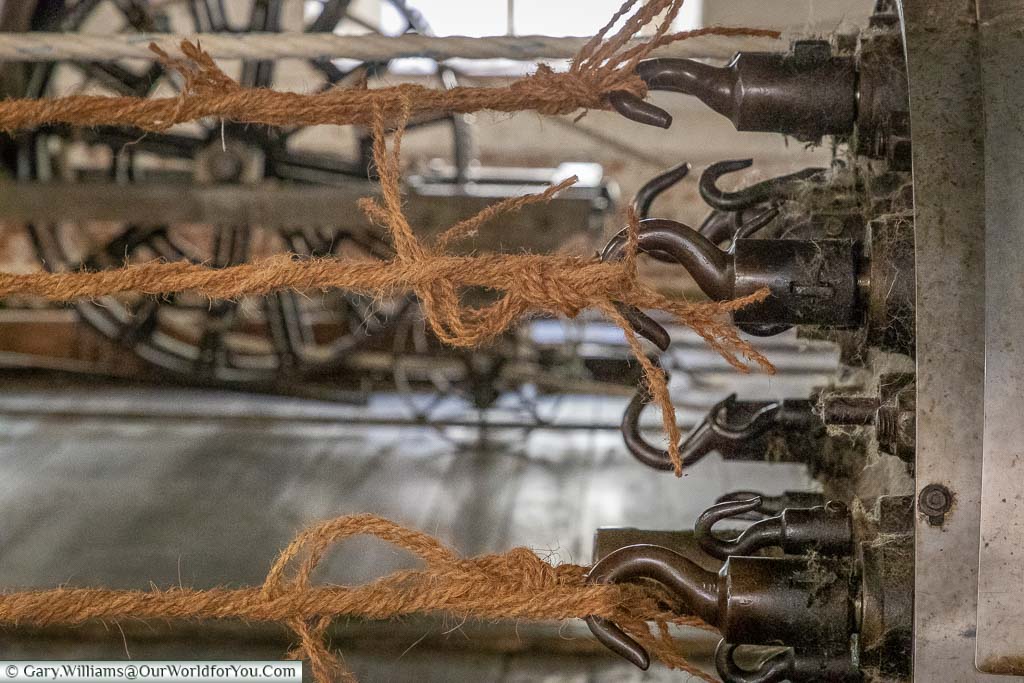
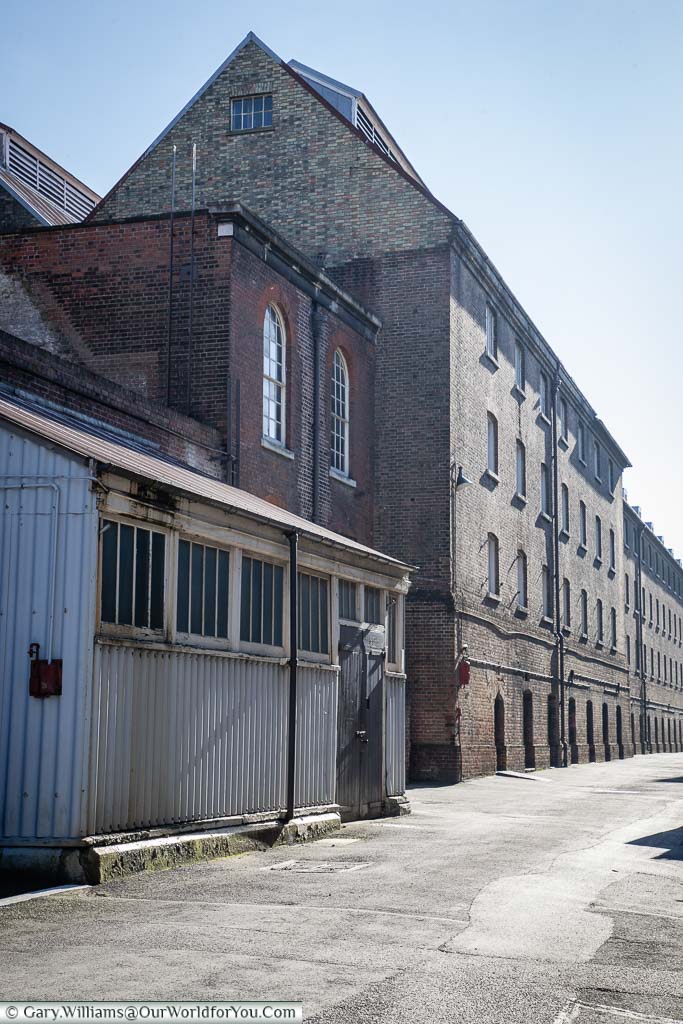
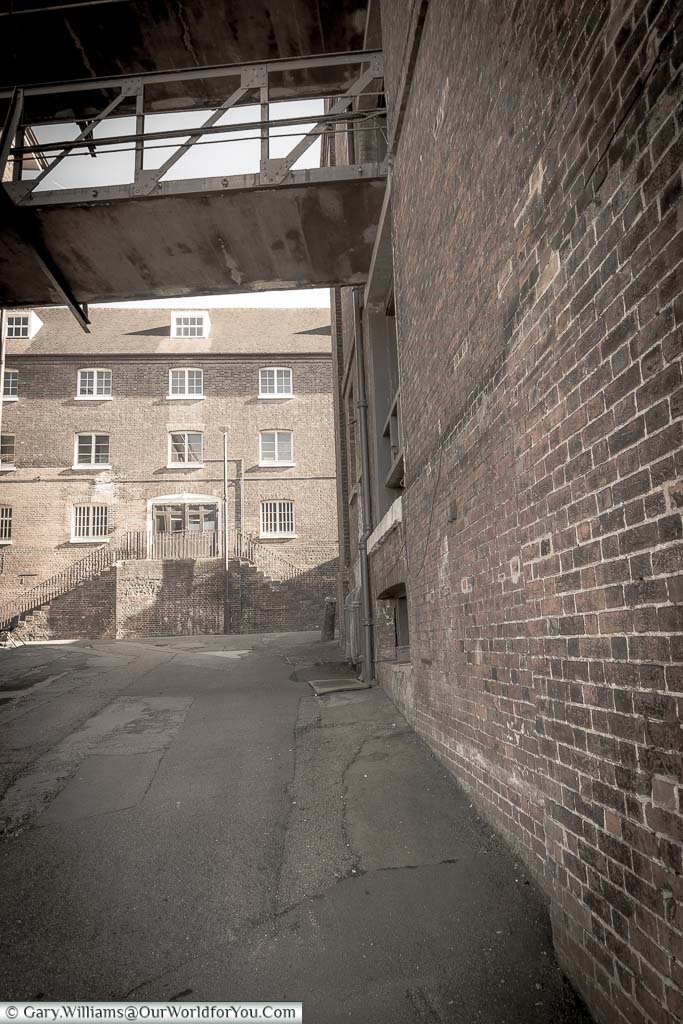
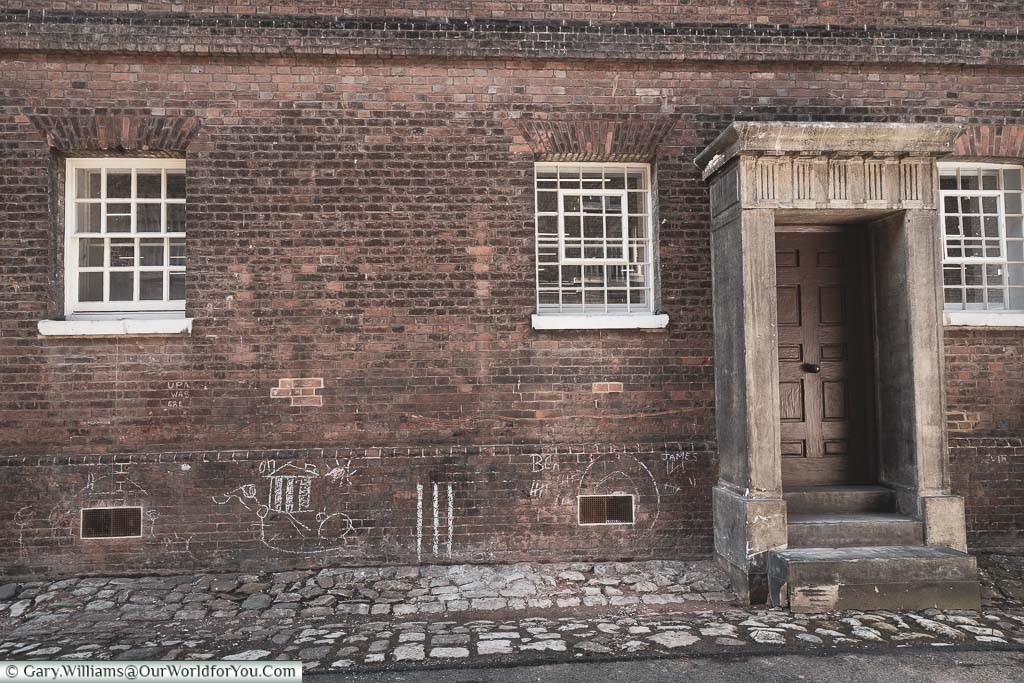
Call the Midwife Location Tours
Steam, Steel and Submarines Exhibition
Chatham Dockyard after the Age of Sail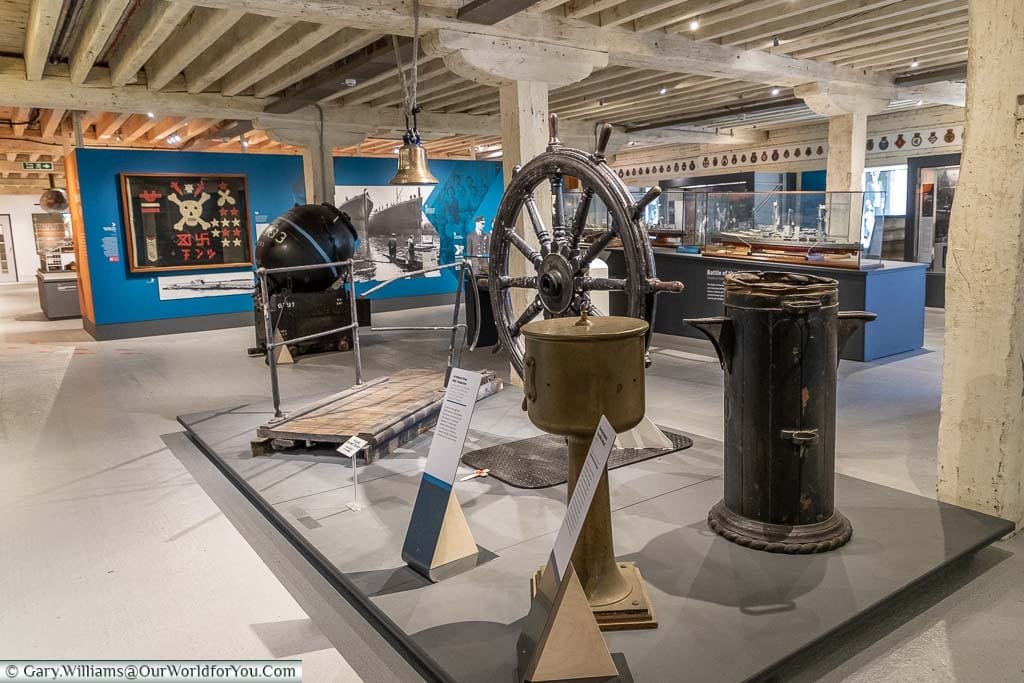
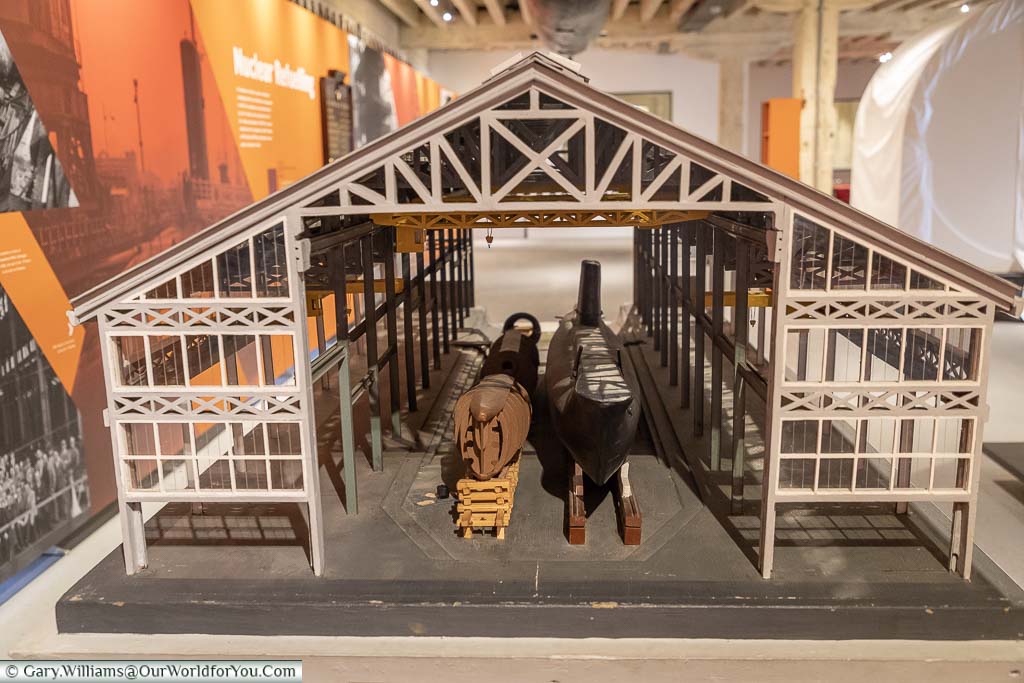
How to get to the Historic Dockyard Chatham
You can catch a high-speed train from London St Pancras direct to Chatham Station, which takes 40mins. Then it’s either a short taxi ride or around a 30-minute walk.
Alternatively, if you are travelling by car, there is an onsite car-park, which is free of charge.
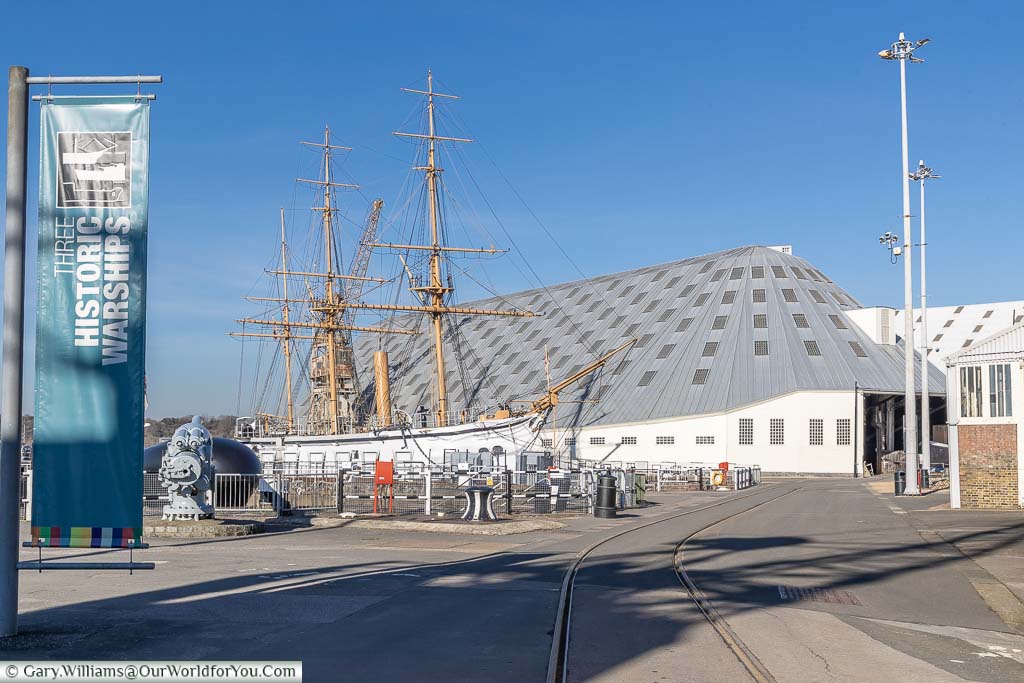
HMS Ocelot
Clamber through a submarine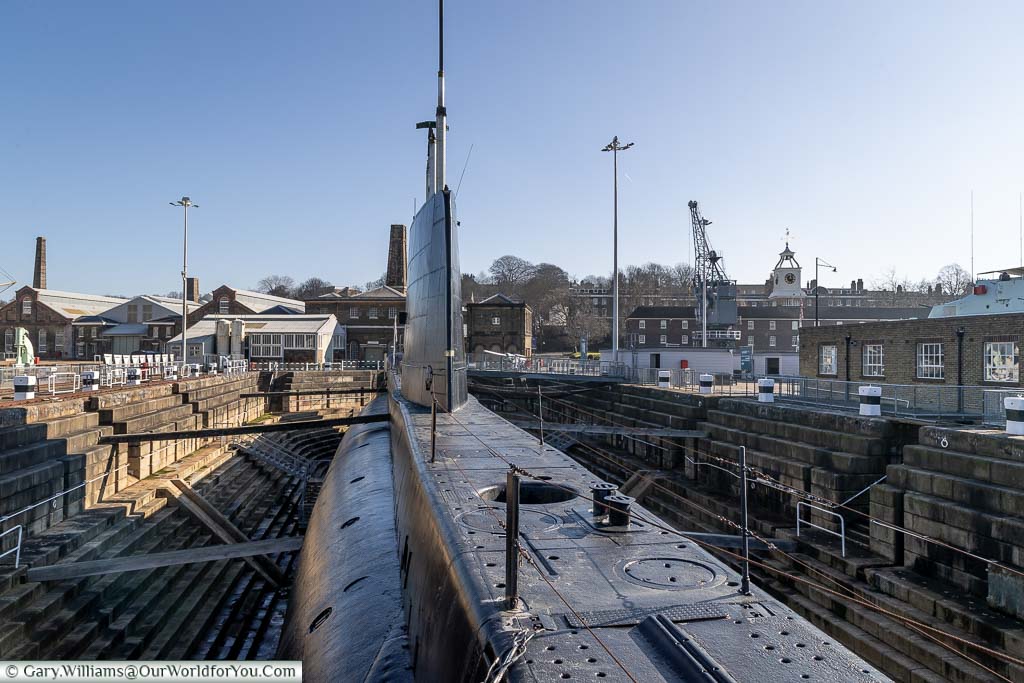
Launched in 1962 HMS Ocelot was the last Royal Naval warship to be built at Chatham Dockyard.
It is incredible to think that 69 men lived on the boat, for 10 weeks continually, and believe me the washing facilities were quite limited.
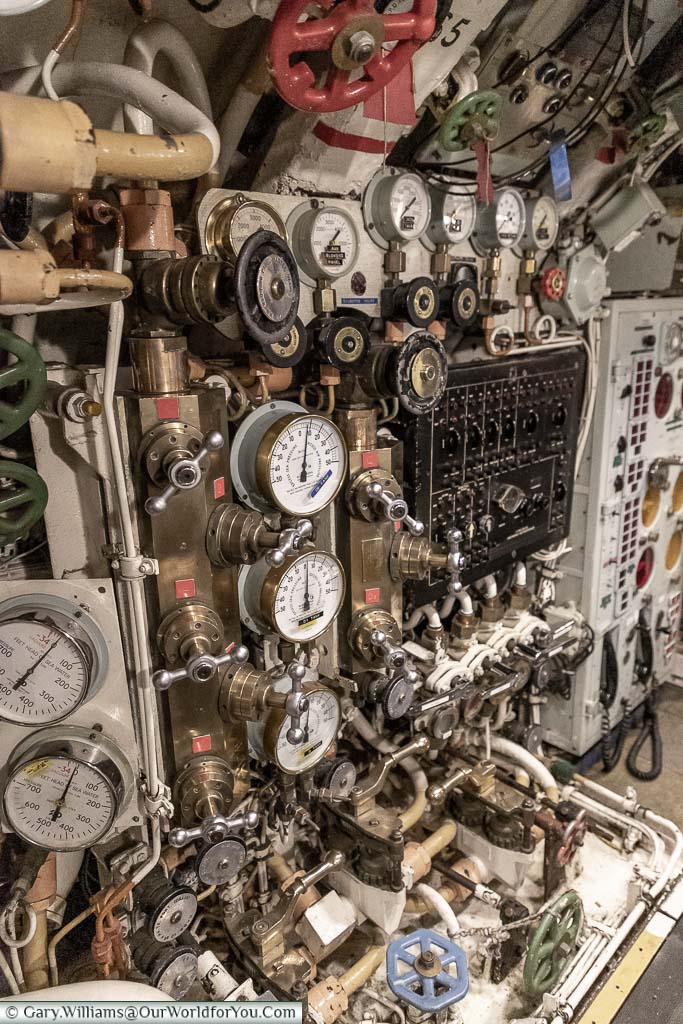

I’d just like to add, and I know it’s probably obvious, but HMS Ocelot is cosy.
It’s fairly compact inside, this is no Red October from the movies.
You need to climb through circular doors to manoeuvre between each of the subs compartments.
If you suffer from claustrophobe, or you struggle with mobility, you may want to think twice about this tour.
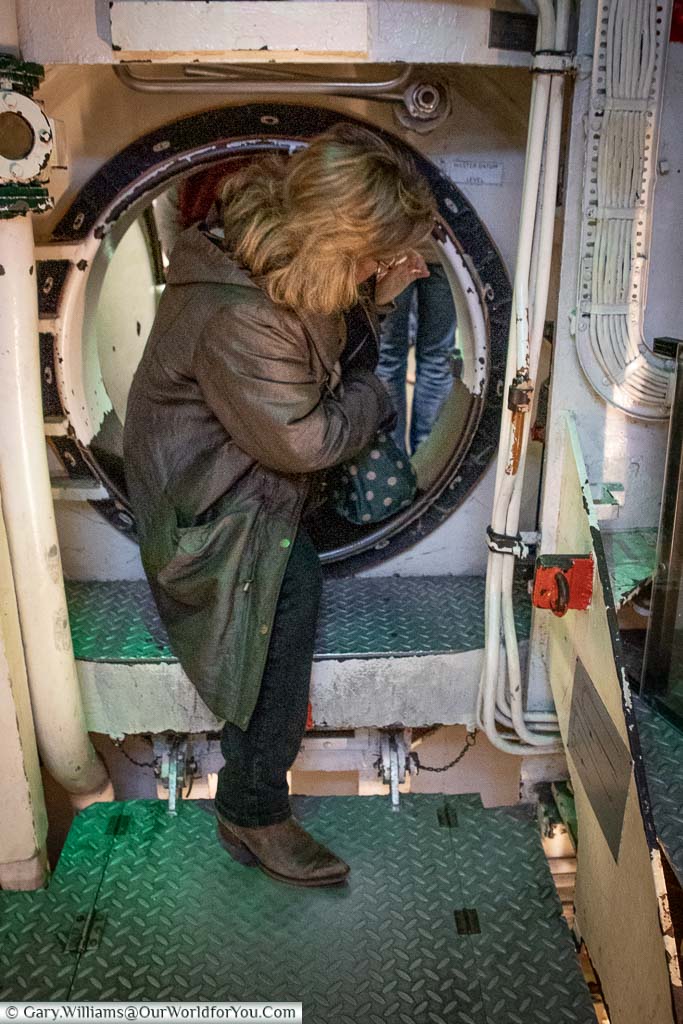
Accessibility
It is important that you wear flat, comfy shoes when visiting Chatham Dockyard if you want to board the 3 warships. They have uneven surfaces, and often there are small holes in the decks.
However, the rest of the site is very accessible with lifts installed in the Ropery, the Upper Mast House and Number 3 Slip. The walkway around the Lifeboat exhibition is also wheelchair friendly. For more details check out the Historic Dockyard Website
HMS Cavalier
All hands-on deck for this Naval destroyer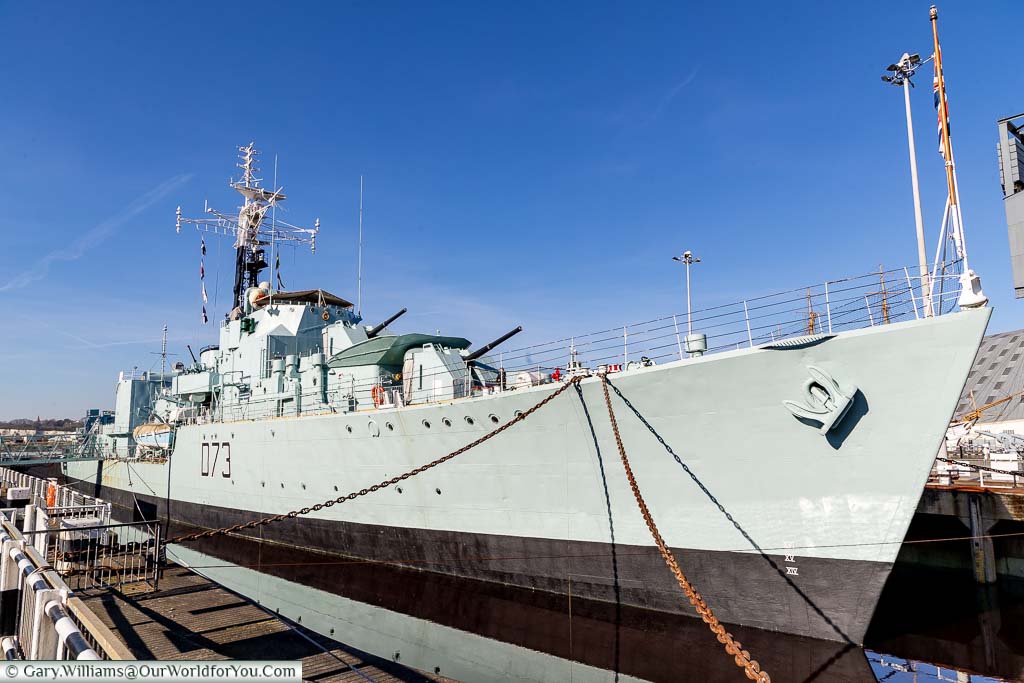
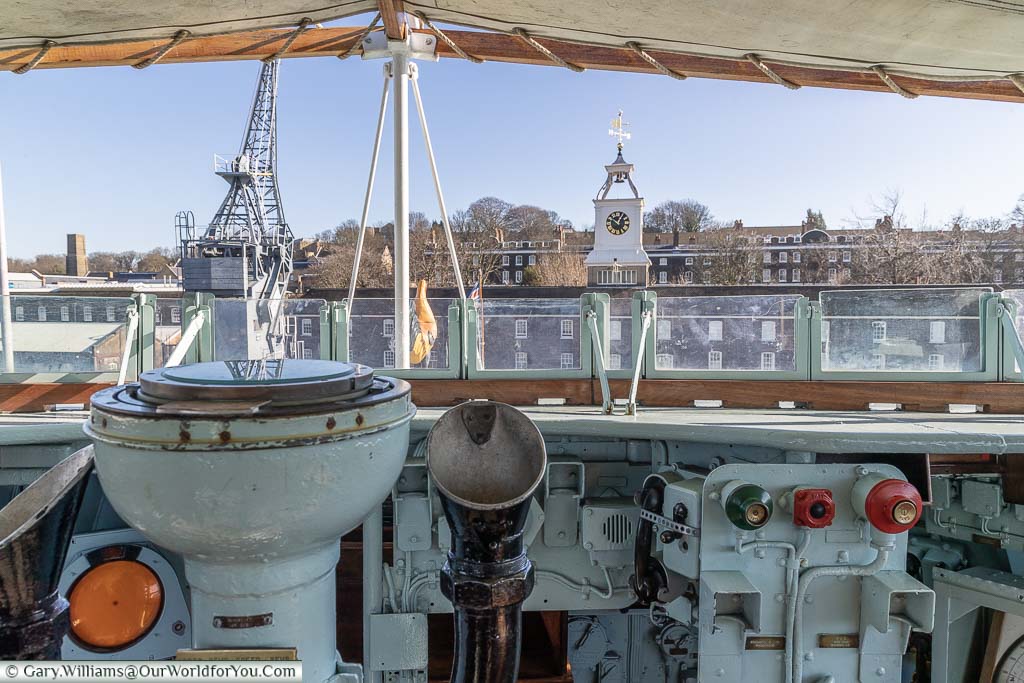
HMS Gannet
Explore the decks of a Victorian Sloop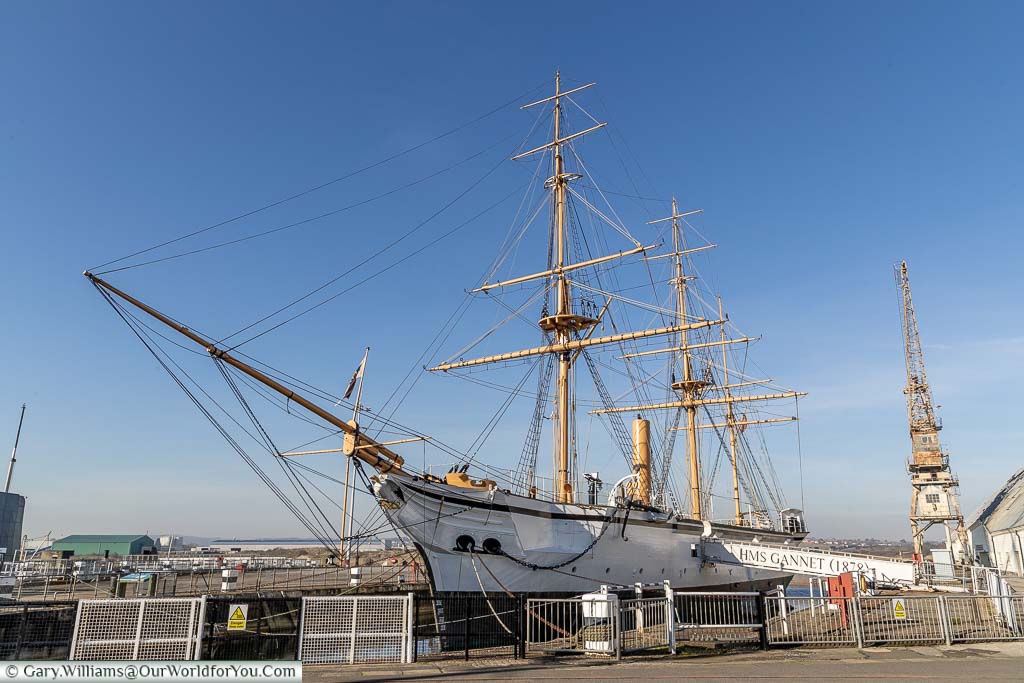
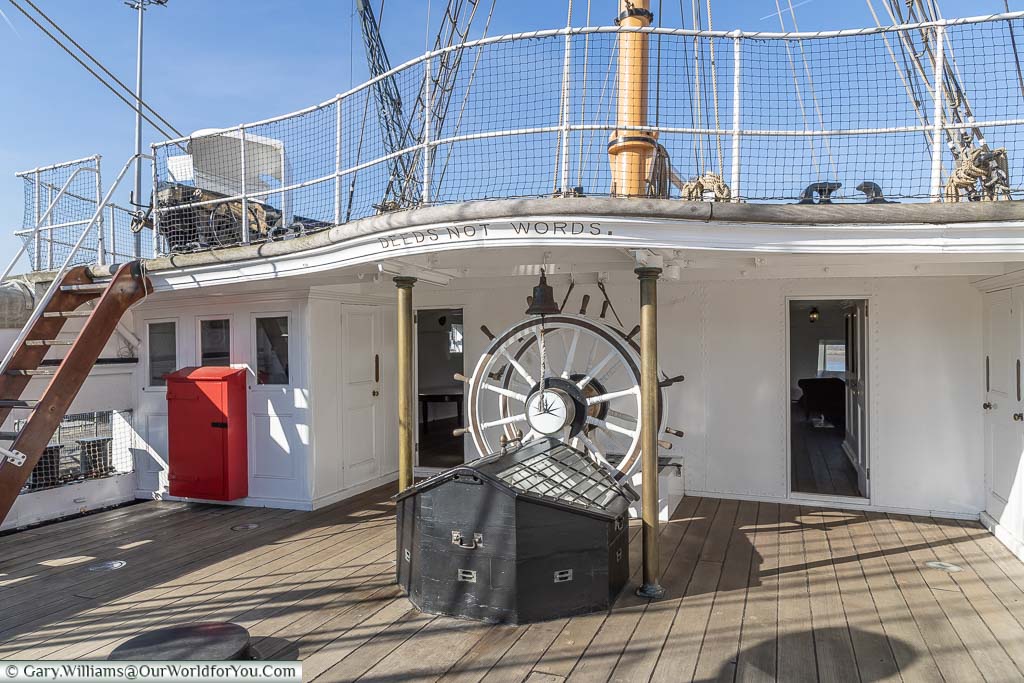
Plan ahead
Why not buy your tickets directly online, you’ll even save yourselves a few pounds each on an adult ticket?
2023 (Online/Door) Pricing; Your tickets are valid for a year
Adult £25.00/£28.50
Concessions £22.50/£26.00
Children (5 – 15 years) £15.00/£18.00
Family Ticket £67.00/£77.00
The Historic Dockyard is a family treat
Go for a stroll on a voyage of discovery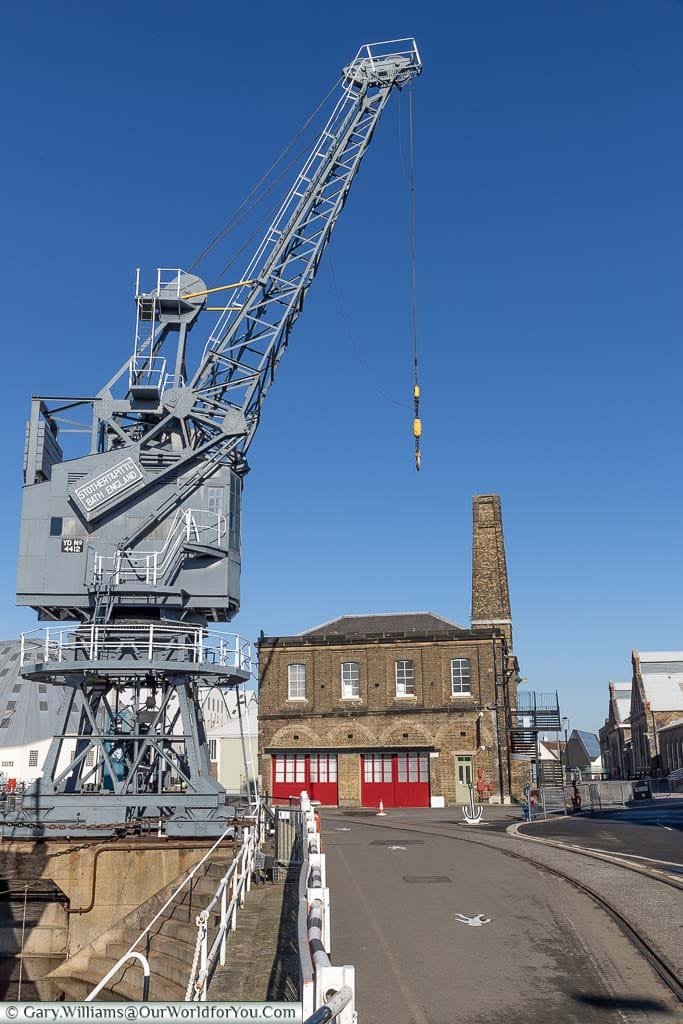
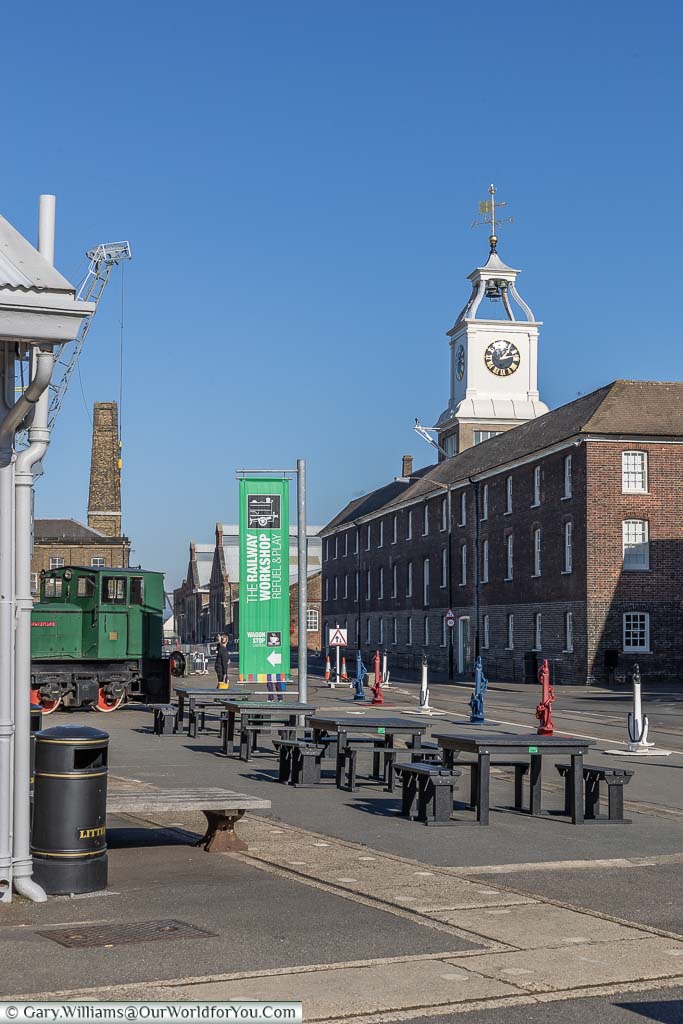
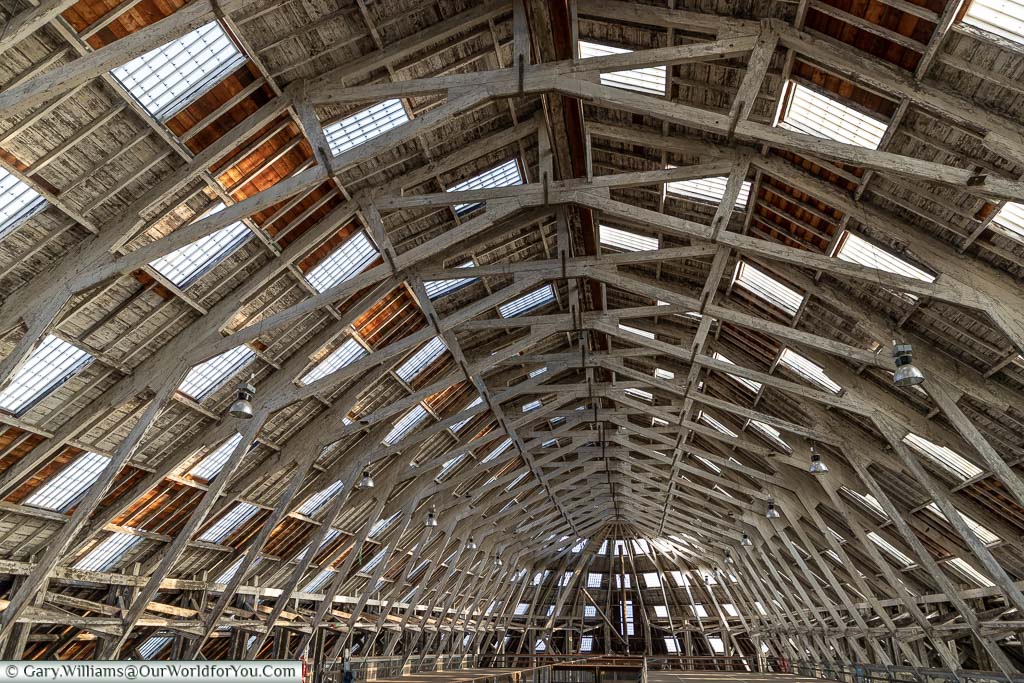
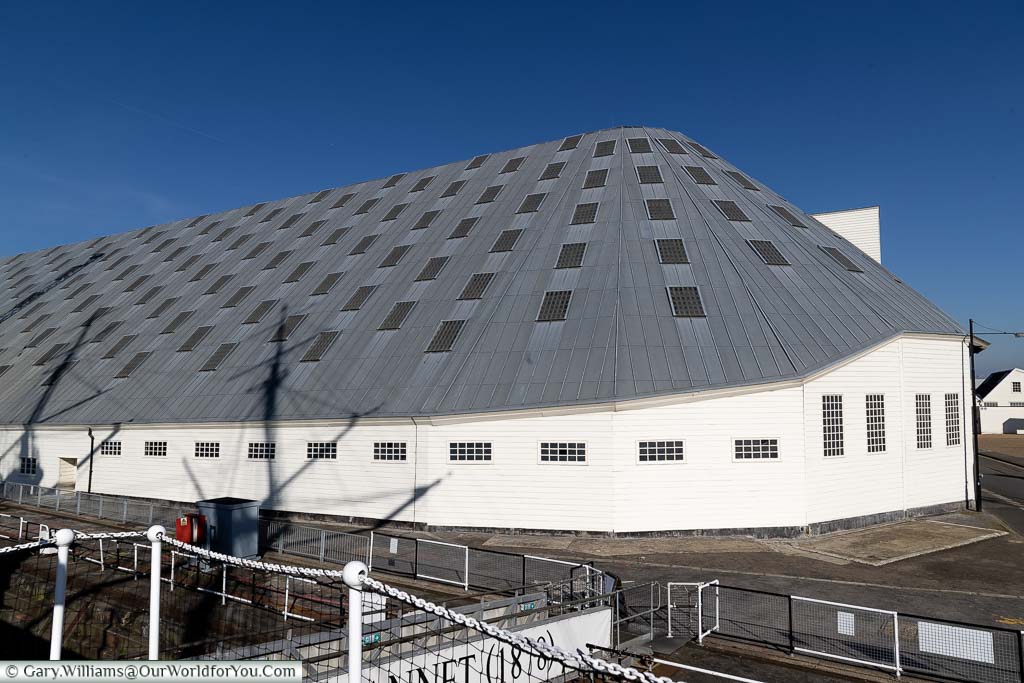
The Royal National Lifeboat Institution - The RNLI
The history of lifeboats from 1824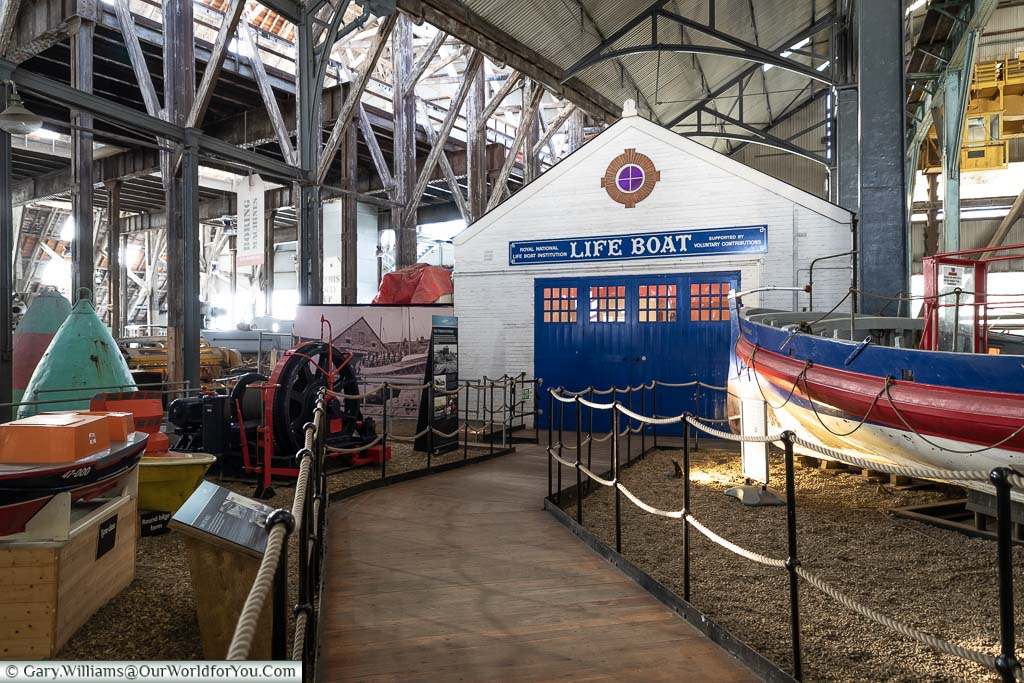
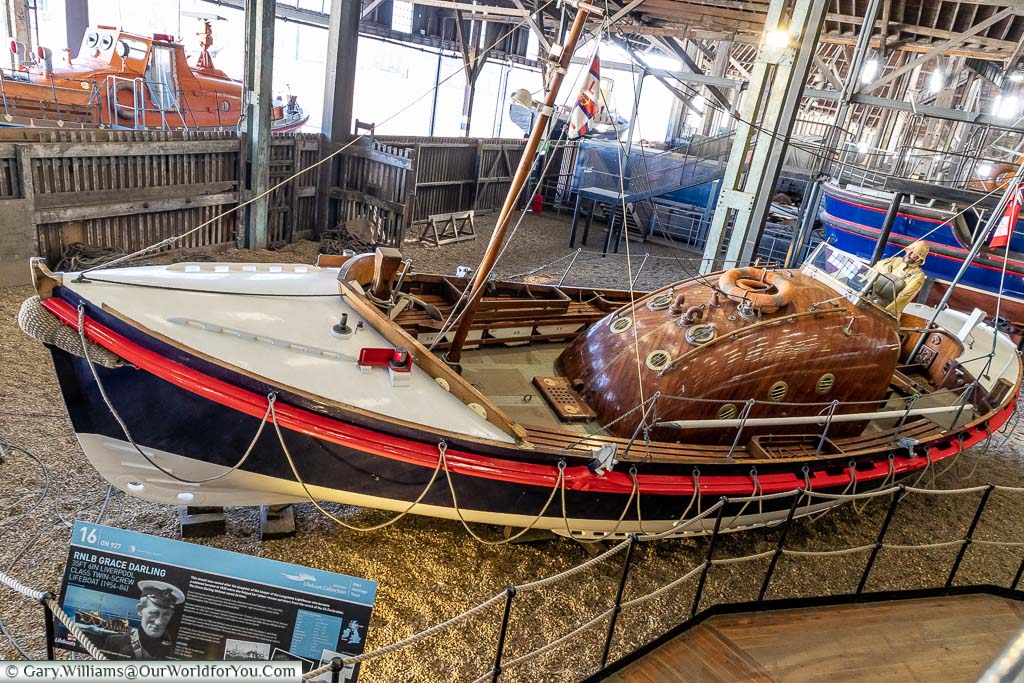
Pit Stop; it’s time to refuel
Take a break at Chatham Dockyard’s ‘Mess Deck’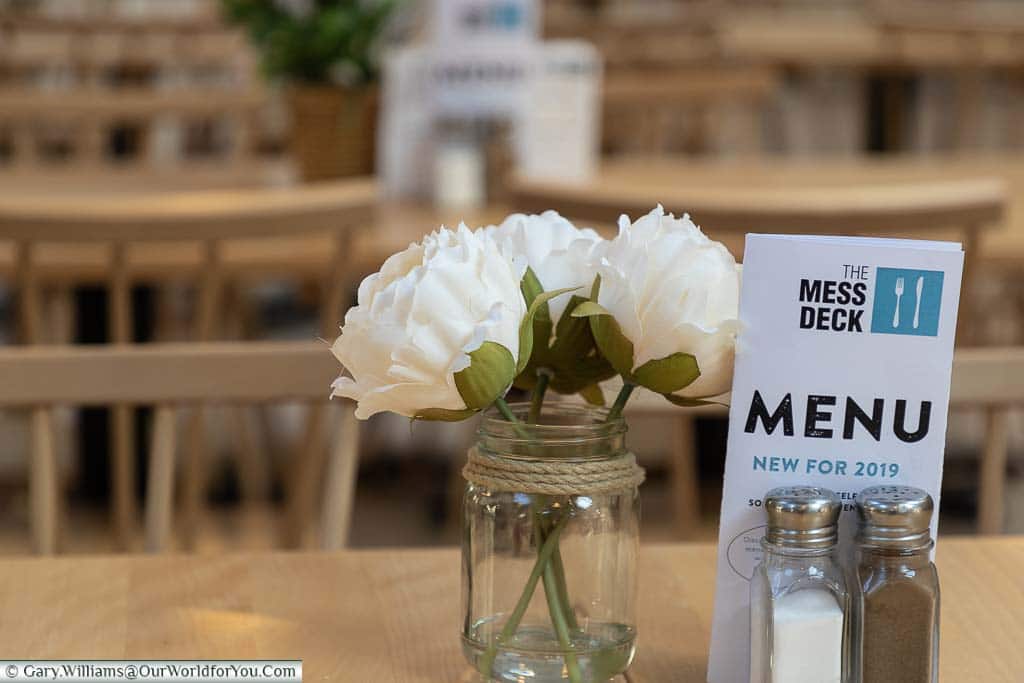
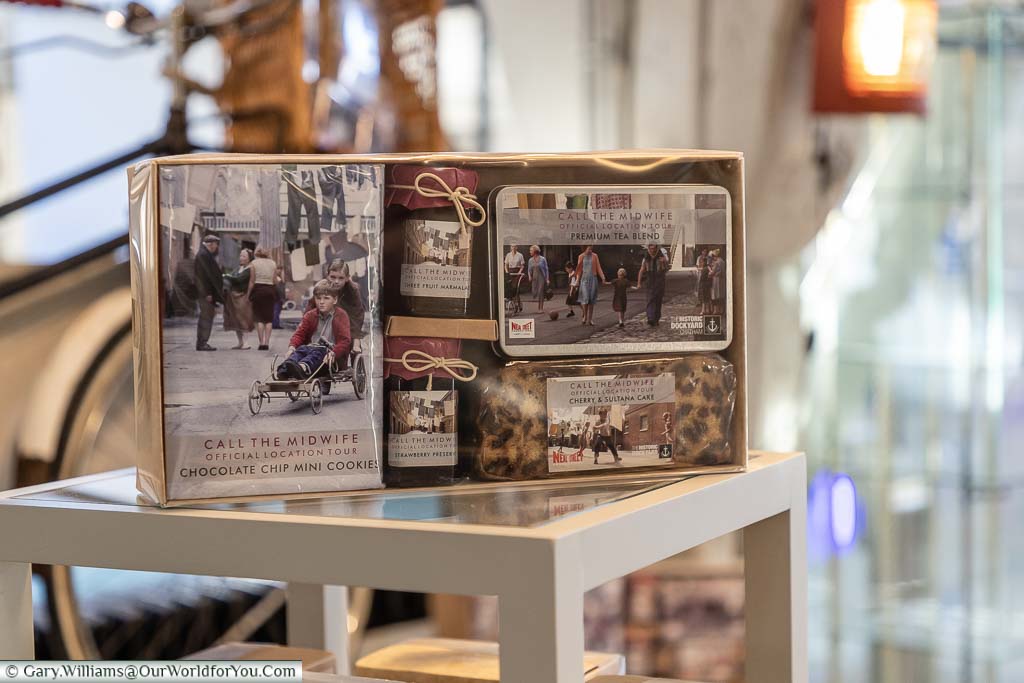
We had a fantastic day as guests at the Historic Dockyard Chatham, it’s full of excellent museums, exhibitions and galleries.
You’ll be pleased your ticket is valid for a year, as one day isn’t long enough.
Where to stay in Chatham
Our video of Historic Dockyard Chatham
We have created a little YouTube video of our visit to the Historic Dockyard Chatham - why not check it out?
You can also subscribe to our YouTube channel and get the latest clips as we post them?

